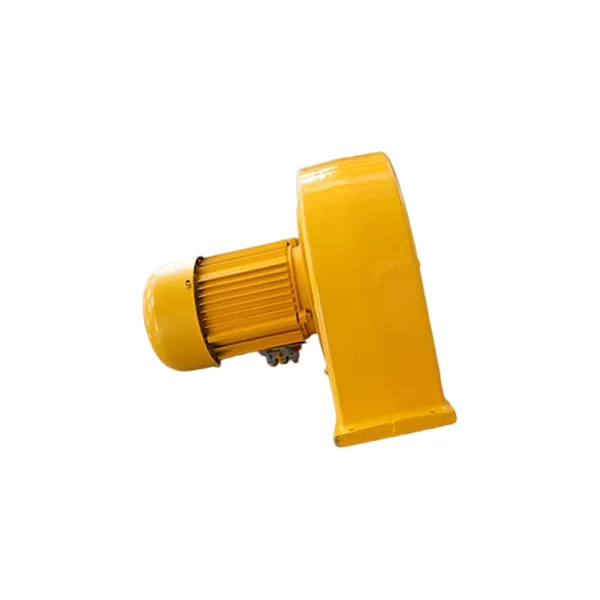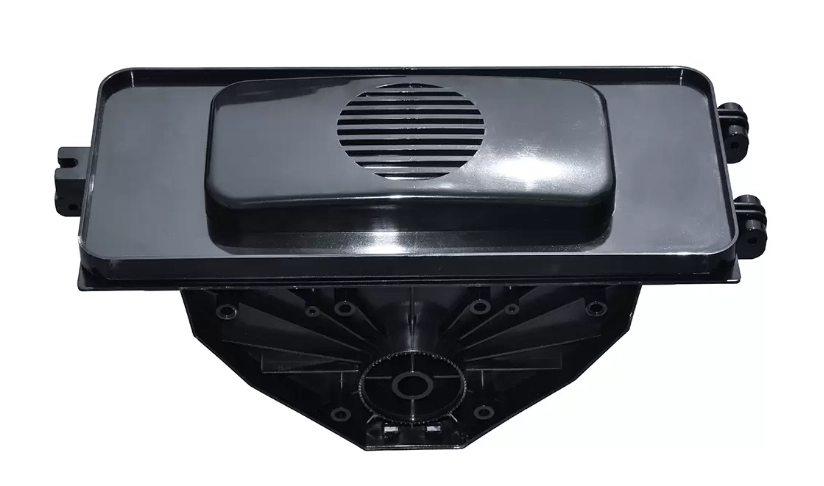Introduction: The Evolution of PCB Etching
Printed circuit boards (PCBs) are the foundation of modern electronics, from smartphones and automotive systems to aerospace communication devices. At the core of PCB fabrication lies the etching process, which removes unwanted copper layers to form precise conductive patterns. Traditionally, this has been achieved through conventional spray or immersion etching, but the rise of vacuum etching technology has redefined expectations for accuracy, consistency, and environmental sustainability.
This article presents a detailed comparison between vacuum etching and conventional etching, exploring how modern advancements such as the High Precision Vacuum Etching Machine have set a new benchmark for PCB manufacturing excellence.
Understanding Conventional Etching
Conventional etching, commonly performed using spray or immersion methods, involves spraying etching solution onto the PCB or submerging it in a chemical bath. The process relies heavily on mechanical pumps to circulate the etchant, with results influenced by temperature, pressure, and solution uniformity.
Advantages of Conventional Etching
-
Low Initial Cost – Traditional etching equipment is typically less expensive to acquire.
-
Proven Process – Decades of use have made it well-understood and widely supported.
-
Suitable for Simple Designs – Works adequately for single-layer or low-density boards.
Limitations
-
Non-Uniform Etching – Spray nozzles can cause uneven copper removal, leading to over-etching or under-etching.
-
Limited Fine-Line Capability – Conventional systems struggle with high-density circuits or sub-50μm traces.
-
Chemical Waste and Maintenance – Frequent cleaning, high solution consumption, and oxidation buildup reduce efficiency.
As electronic devices have become more compact and powerful, these drawbacks have pushed manufacturers to seek more precise and eco-friendly alternatives.
The Rise of Vacuum Etching Technology
Vacuum etching introduces a controlled low-pressure environment to optimize chemical distribution and ensure uniform etching across the PCB surface. By removing air pockets and maintaining consistent contact between the etching solution and the board, vacuum etching achieves higher precision and repeatability.
The High Precision Vacuum Etching Machine developed by JXXR exemplifies this new generation of equipment, integrating automation, precision control, and environmental safety into one advanced system.
Core Principles of Vacuum Etching
-
Vacuum Pressure Control: Ensures uniform etchant contact across micro-circuit structures.
-
Closed Chemical Loop: Reduces waste and maintains consistent solution concentration.
-
Automated Calibration: Adjusts flow rate, temperature, and etching time based on material type.
Key Comparative Dimensions
Let’s analyze how vacuum etching and conventional etching perform across critical manufacturing parameters.
1. Precision and Accuracy
Vacuum etching delivers superior precision by eliminating turbulence and uneven chemical flow. It allows for micron-level control, essential for HDI and flexible PCB designs. Conventional etching, on the other hand, struggles with microstructures due to inconsistent spray coverage.
Verdict: Vacuum etching wins by a significant margin for high-density and fine-line applications.
2. Etching Uniformity
Uniformity is a hallmark of vacuum systems. The controlled vacuum environment ensures that every copper trace is etched evenly, maintaining identical line widths across large panels. Conventional etching often exhibits edge effects where outer areas are etched faster than inner sections.
Verdict: Vacuum etching ensures consistent copper removal across the board.
3. Chemical Usage and Environmental Impact
Vacuum etching employs closed-loop filtration and recovery systems, minimizing chemical waste and operator exposure. It aligns with global environmental standards, such as the IPC sustainability guidelines (IPC.org). Conventional systems, in contrast, typically require frequent chemical replacement and produce more waste.
Verdict: Vacuum etching is far more sustainable and cost-efficient in the long term.
4. Speed and Throughput
Traditional systems can process boards quickly but may require post-processing corrections due to uneven etching. Vacuum etching offers both speed and consistency, especially when integrated with automated lines and real-time monitoring systems. Modern high-precision units can handle continuous production without quality degradation.
Verdict: Both offer speed, but vacuum etching maintains consistent throughput with fewer defects.
5. Maintenance and Longevity
Conventional etchers demand regular nozzle cleaning, filter changes, and oxidation removal. Vacuum etching machines, particularly advanced designs, feature self-cleaning mechanisms and automated diagnostics that reduce downtime. This leads to lower operational costs and longer equipment lifespan.
Verdict: Vacuum etching offers greater reliability and lower maintenance overhead.
6. Flexibility Across Materials
Vacuum etching supports both rigid and flexible PCB materials, offering adaptability for modern electronics production. Conventional etching can handle rigid boards effectively but struggles with thin or flexible substrates that require precise flow control.
Verdict: Vacuum etching provides broader material compatibility.
7. Cost Considerations
While conventional systems are less expensive upfront, they often incur higher long-term costs due to maintenance, chemical usage, and scrap rates. Vacuum etching’s initial investment is higher, but operational efficiency and reduced waste offer better total cost of ownership.
Verdict: Vacuum etching provides greater long-term value.
Real-World Example: Transitioning to Vacuum Etching
A mid-sized electronics manufacturer producing smartphone camera modules faced challenges with inconsistent copper removal using traditional spray etching. Line widths fluctuated by up to 12%, causing signal integrity issues. After transitioning to a high precision vacuum etching system, the company achieved:
-
98% improvement in etching uniformity
-
30% reduction in chemical consumption
-
25% increase in production yield
This transition demonstrates the tangible benefits of adopting vacuum technology for next-generation PCB production.
Integration into Modern Production Lines
Vacuum etching is particularly suited for manufacturers seeking automation and digital control. The latest systems offer:
-
Real-time process monitoring
-
Data logging for quality assurance
-
Automated loading and unloading
These capabilities enable full integration with Industry 4.0 smart manufacturing environments, ensuring traceability and predictive maintenance.
For those investing in future-ready production lines, the High Precision Vacuum Etching Machine represents a scalable and sustainable choice.
Conclusion: Choosing the Right Etching Path
When comparing vacuum etching vs conventional etching, the distinction is clear. While traditional methods still serve basic PCB production needs, vacuum etching has emerged as the standard for advanced, high-precision electronics manufacturing.
| Category | Winner |
|---|---|
| Accuracy | Vacuum Etching |
| Uniformity | Vacuum Etching |
| Chemical Efficiency | Vacuum Etching |
| Speed Consistency | Vacuum Etching |
| Eco-Friendliness | Vacuum Etching |
About Author |




More Stories
美食
Is Recycled Glass Pieces the Sustainable Solution Your Projects Need?
Explore the Rich History and Techniques of Literati Painting at Ni·Shangle Gallery